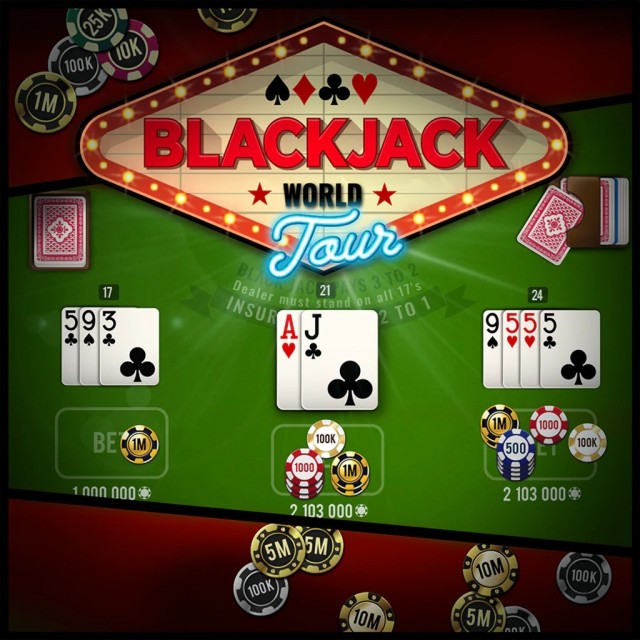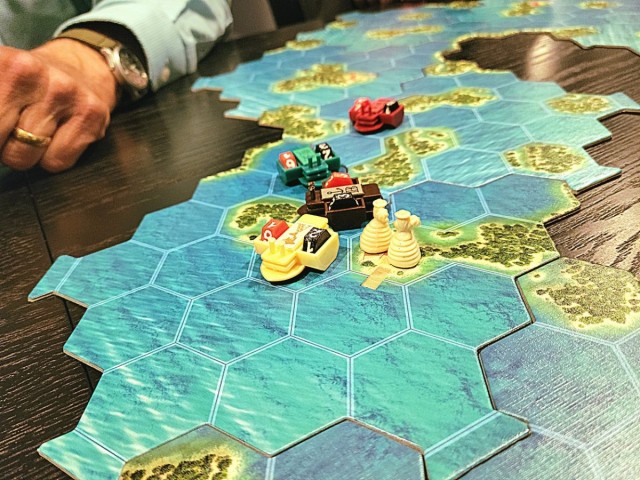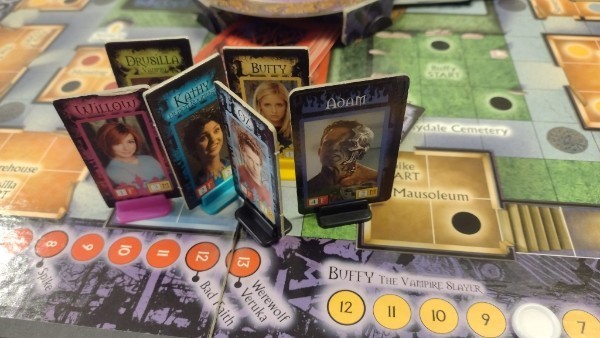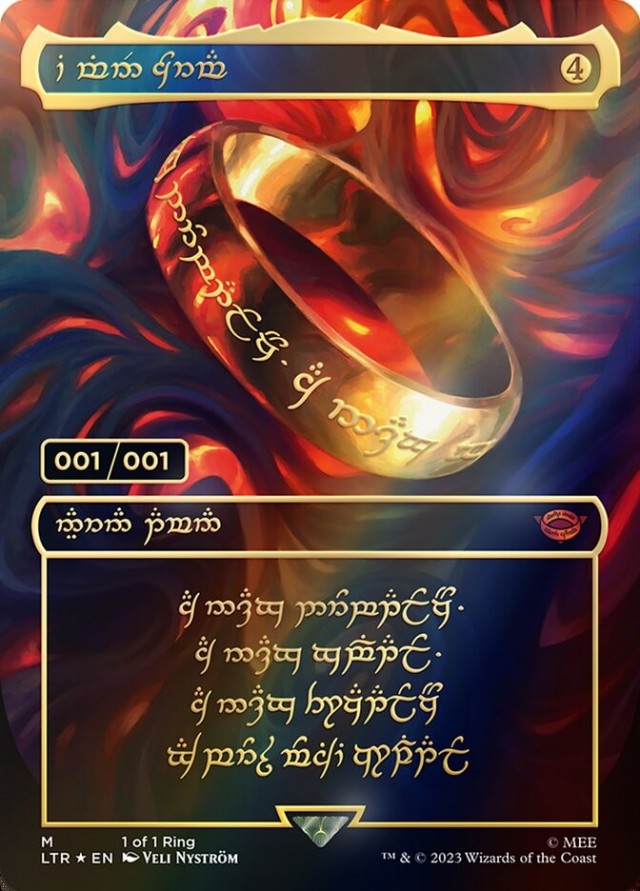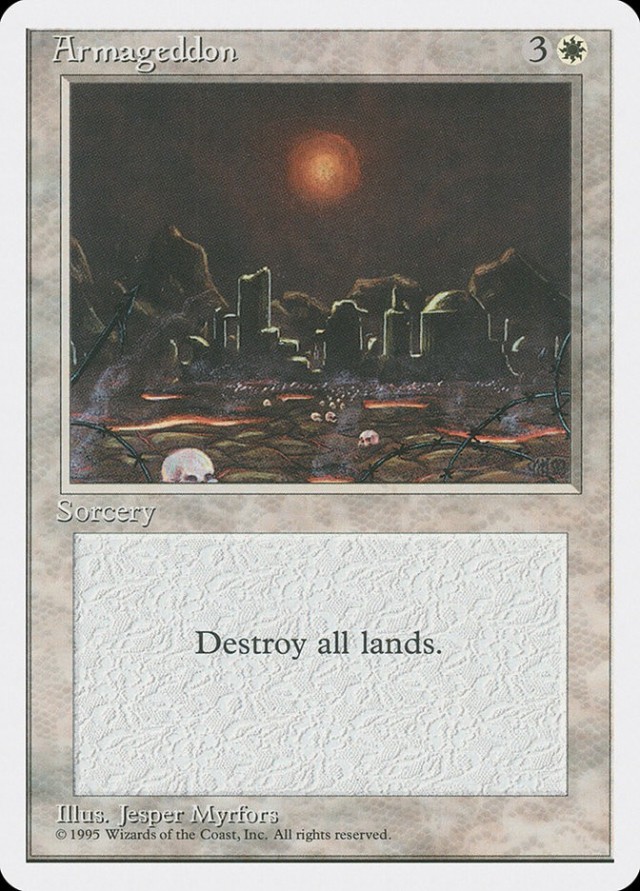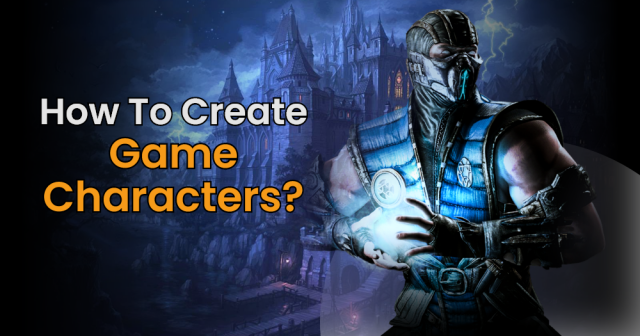“Hello, Princess. We’re from the Schnectady and we’re here to rescue you.”
--Cpl. Mark “It’s Better that Way” McLaughlin
Princess Ryan’s Star Marines (PRSM) is a co-operative game for 1-6 players. I just recently got it in a trade because I always look for esoteric sounding games. Sometimes the quirk of mine pays dividends (Infernal Contraption, Vampire: POTC), sometimes I get a barrel of shit (Thieves Guild). This game lands in the middle, if you can believe that. It can’t be entirely written off as worthless, but that doesn’t stop the game from trying…
Object of the Game:
The Marines must get to the Dark Citadel and free the Princess before time runs out. The Guard player wins if he succeeds in thwarting the Marines’ rescue attempt.
“If I knew you were coming, I’d have baked a cake. Here, have a nuclear satchel!”
--Pvt. Larry “Deadeye” Tuohy
Gameplay:
Each Marine player gets three marines and two weapon cards for each one. The Guard player (if there is one) gets a hand size of six Guard cards for his Task Force. During the game, as the Marines make their way to where the Princess is held, the Guard player will draw a Guard card from the Task Force to oppose them. Battles are fought, modifiers are raised and lowered, and some of the Marines or the Guard will be sent to the discard pile.
There are sixteen spaces, starting from where the Marines make their initial landing, to where the Princess is being held prisoner. Those spaces signify the “direct route” – the shortest path, but more hazardous for the Marines’ health. Below the “direct route” is the “flank route” – a more time consuming path, easier to get lost in, but not well guarded.
A turn goes like so:
The Marines’ CO (the highest ranking Marine card in the player(s)’ possession) decides which adjacent space to move to next, whether it is the direct route or the flanking route. The CO then draws a weapon card as a random number generator. If the number drawn is equal or greater than the Move check (need a 7+ for the direct route and a 9+ for the flanking route), then the Marines encounter the space as listed on the board. If not, the encounter will take place with an alternate site card. Once the site’s been established, a Time check is made. The CO draws another Weapon card and compares it to the Time Number on the site. If it’s greater than the TN, nothing happens. If it is less than the TN, then the Time counter is reduced by one. Time is important in this game, because if it runs out and the Marines have not secured the Princess, they lose.
After that, the Marines will more often than not run into trouble, in the form of the Black Guard. The Guard player chooses a card from the Task Force to represent the resistance at the site. The Marine players each pick a Marine from their coterie to be sent into battle, along with one Weapon. The Marine players total the value of their Marines, along with their Weapons, to achieve a Skirmish Value (SV). This value may be further altered by the use of some Marine Skills and/or Dispatches. It is then compared to the SV of the Guard opposing them.
If the Marines win, the individual Marine with the highest Skirmish Value reaps all the rewards. The player draws a Dispatch (essentially a multi use card, either used as a +1 modifier to the SV, or it can use the ability written on it) and gets any Promotion Points from defeated foes (these points can be used to buy time, Dispatches, or additional weapons), with ties go to the highest ranking Marine. The winning Marine player may also “interrogate” the Guard player to determine the Cell suit/number of where the Princess is held.
If the Marines lose (oh, no!) then the Marine with the lowest Skirmish Value becomes a Casualty. The player draws a Weapon to determine the poor Marine’s fate, ranging from “no effect” to “death”. The Guard player gets a Dispatch and makes a Site check. If successful, he can either replace one of the On Deck sites with a new one from the deck (usually done if an upcoming site is beneficial to the Marines should they get it) or play any On Deck site on the board (usually done if an upcoming site sticks it to the Marines). If the Site is played where the Marines are located, then the CO must decide to accept the site, leave the space for the other space in the column, try a ballistic insertion (think using the One Ring in LOTR, but more dangerous), Do or Die (a desperate gambit that’s only allowed under certain conditions, with time nearly gone or too few Marines), or Regroup.
A tied Skirmish Value results in a new skirmish being fought, with new Guard and Weapons cards being played. This continues until one side wins. Regardless if the Marines win, lose, or draw, all the Weapons used in the fight go to the discard pile.
After a successful combat, the CO decides whether to push on ahead or to Regroup (get a refill on their Marines, Weapons, and be able to spend Promotion Points). If they move on, then the steps listed above are repeated.
If they regroup, then the Marines in Sick Bay are checked to see if they are put back into the ready pool of available Marines or if they shuffle off the mortal coil. All the Marine players turn in all but one of their Marines and receive two fresh ones. They then may retain up to two Weapons, turn in the remainder, and get dealt back up to six Weapon cards. Promotion Points may also be spent to buy time, Dispatches, Weapons, or repair an assault shuttle.
The Guard is not idle during a Regroup. In fact, the discarded Guard cards are reshuffled back into the Guard deck and the Guard player draws back up to six cards. Another problem with a Regroup is the time involved. Every Regroup deducts three off the Time counter, which only starts at 15, meaning that a Regroup is pretty much reserved to when you have only a few Weapons/Marines left.
“Those Scouts are shit out of luck. I just hacked their com band, contacted their reinforcements, and pretended to be one of them. I told the reinforcement’s CO that his mother smelled like triceratops dung and his father was a drunken janitor. If you filter out the cursing, it’s quite obvious that those Hover Jeeps won’t be coming to their rescue.”
-- Pvt. Bob “Da Scibbler” Liebl
The things I liked:
Variable powers for Marines: There are twenty four Marines in the game and each one has a special ability, as well as varying combat scores. Some of the abilities increase certain Weapons, some allow the player to cancel Reinforcements or to nullify the combat score of a Reinforcement (these are the abilities I liked best).
Built in timer: This is one of the better aspects of the game, it adds a good degree of tension, especially when you’re getting batted about by the Guard, being forced to relocate, and getting nickel and dimed time-wise by the move. It also makes the players try to muddle through with the resources they have left rather than Regrouping, because not only do they lose a good chunk of time rallying, the Guard gets to reshuffle and refill their hand. That’s never a good thing.
“How come Sanne gets all the glory?!?”
“Because I do most of the work, Kerske.”
“Hey, I helped in the last skirmish!”
“If by ‘helping’ you mean hiding in the back of the line, firing random shots nowhere near the enemy, while I routed the Mobile Infantry and the others eliminated the Light Infantry; then yes, I guess you helped.”
--Conversation between Pvt. Lucy “Poodle Cut” Kerske and Pvt. Eric “Ze Sanitizer” Sanne
The things I didn’t like:
The *!&#@% rulebook: If there was ever a rulebook that should have been nominated for the “WTF were they smoking when they edited this?!” award, it is this one. At first glance, it appears to be in some sort of logical order, but after numerous readings it becomes apparent that there were changes made to the game itself that were not passed on to the editing department. There are several instances where the rules contradict themselves or flat out don’t cover every possibility (within reason).
For instance, the rules covering Flanking maneuvers after losing a fight with the Guard only cover one possibility and give the impression that you’re only allowed to make a flanking maneuver if your group is situated on the direct route. Yet, the quickstart rules indicate that you can flank from the flank route to the direct route, but don’t give rules on how to carry it out. The quickstart rules also butt heads with the rulebook over Marine skills and their use, not to mention about the rules covering the procedure of the Guard winning a Skirmish. The rulebook is supposed to help players learn how to play, not make it more difficult. Speaking of Skills, it leads me to my next gripe.
No clear examples of how to use Marine Skills: Again, due to the shitty rulebook, it explains the two different types of Skills (anytime and Skirmish only). However, some of the Marines have abilities that modify checks (like Time and Climbing) and they are listed as Skirmish only skills. The problem here is obvious. If the preceding abilities are designated as “Skirmish Only”, how are they useful with checks that happen before or after a fight? The rules are mum on that subject. I believe that they are allowed to use them, but that of course conflicts with the designation laid out by the rulebook. An example would have been nice, but I think they spent all the money reserved for a good editor on Larry Elmore’s artwork; and with what little money remaining hired a first year CG art student for the….
Shitty card/board art: Larry Elmore’s work aside, the rest of it looks absolutely amateurish. I guess AH was trying to cash in on the card game market spawned by sci-fi CCGs with this game. It definitely didn’t do it any favors.
A “screw you” aspect combined with a damn hard co-op = not good bedfellows: Granted, the game is slated as a co-op, but only one player may win. To add a competitive nature to the game, Marine players can play cards to hinder other Marines. To me, this is somewhat counterintuitive.
Siege of the Citadel works well as a “screw you”/co-op game. The reason is that the game does not succeed or fail just on one player alone. Yes, the teams are working for the greater good, but there still leaves enough room for the “screw you” to come into play. If one team is eliminated, the other players can soldier on, albeit in a slightly diminished capacity.
This game can’t do that. It’s only Marines versus the Guard. The game is hard enough as it is without adding cards that actually mess up your chances on succeeding in a fight. The majority of the Guard cards have the Reinforcement ability (when played/revealed, the Guard player draws another Guard card to add to the fight. If the new card also has the Reinforcement ability, the Guard draws another card and adds it to the fight. This continues until a Skill or Dispatch is used to negate it or the new card doesn’t have the ability) and you almost always need every Marine that is still alive to pound the snot out of them. As a Marine player, you can’t play detrimental cards on the other Marines and expect to survive.
Another thing I found odd was the “Jagged Piece of Metal” Weapon card. It’s a low value Weapon that can be used against the Guard or you can use it to joog your CO in the back, making him perform a Casualty check, and giving another Marine the possibility of becoming CO. But, there’s one thing wrong with that: Being a CO really doesn’t do that much in the game to begin with. It’s more akin to being an over glorified tour guide. They have decisions to make (where/how to move, when to Regroup, and the uncommon occurrence of nominating a Marine for a particular task), but the decisions are practically obvious, not to mention that the CO is usually one of the better fighters in the game. So, sticking a shiv in the CO seemed pointless.
“You call that a wound?! Shit, my sister hit my head so hard that it twisted 180 degrees, and she’s a quadriplegic!”
--Sgt. Bob “Buckets of Blood” Watts after taking a sniper hit.
Final Result:
Despite the fact that the card art sucks, the rules are questionable, and the concept of screwing a fellow Marine is somewhat counterproductive; I still enjoyed the game to a point. Fights are tense affairs, especially with hidden Guard units, and there’s enough challenge present to keep a well coordinated Marine cabal from running roughshod over the Guard.
Rating: 6/10.
And now for your moment of PRSM Zen:

Yes, this is an actual card from the game.
No, it is not Photoshopped.
Yes, I plan on making it an icon (eventually).
 Games
Games How to resolve AdBlock issue?
How to resolve AdBlock issue? 
